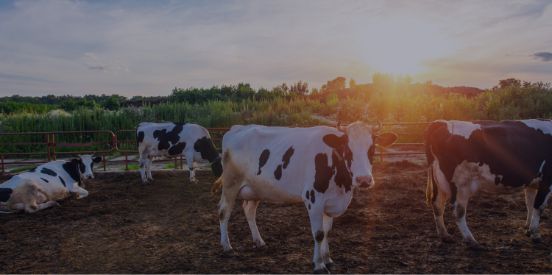CORN
Corn futures extended Monday’s lackluster trade into last night’s session. Dec corn was down another 1-1/2 cents to 382-1/2, that contract’s lowest price level since Oct 11. With a lack of fresh bullish news, corn futures continue to trend sideways to lower as harvest pressure ramps up across the Midwest. Corn harvest is at 41% complete, 20% below the 5-year average and weather forecasts across the eastern Corn Belt may limit activity this week, which could limit the recent slide. Outside markets favor the corn bears, though as crude reverses lower and the dollar makes a comeback.
SOYBEANS
Soybean futures failed to hold Friday’s lows overnight, falling 3-3/4 cents to a new 3-week low of 9.16-3/4 (Nov). That contract’s 200-day moving average rests at 9.09-1/2. Jan beans are at 9.32-1/2 with the 200-day at 9.21-1/2. With harvest 62% complete, still 16% behind the 5-year average prices are struggling to repair the technical damage caused by Friday’s price drop heading into the final third of this year’s bean crop harvest.
WHEAT
Wheat futures are called steady to lower. Dec winter wheat contracts were two-sided overnight and look to challenge Monday’s lows while continuing to remove premium after the most recent rallies fueled by global export competition. Momentum studies are trending lower which could accelerate a move lower if support is broken. Winter wheat plantings are at 85% complete, with this year’s crop at 56% good-to-excellent.
CATTLE
Cattle futures are called steady to firmer. An improved technical picture after Friday’s cattle on feed number confirmed a smaller than last year’s overall cattle herd. Strength in retail demand with choice carcasses gaining 2.00 plus in the afternoon helped provide buying support. For now, Dec cattle are searching for a top after climbing to the contract’s highest level since April to start the week.
HOGS
Hog futures are called mixed. Prices held the lower end of the trading range in Monday’s session and may see some technical turn, but ongoing weakness in retail values as afternoon carcasses were 53 cents lower keeps in questions regarding overall demand in the face of heavy slaughter in front of the market.

